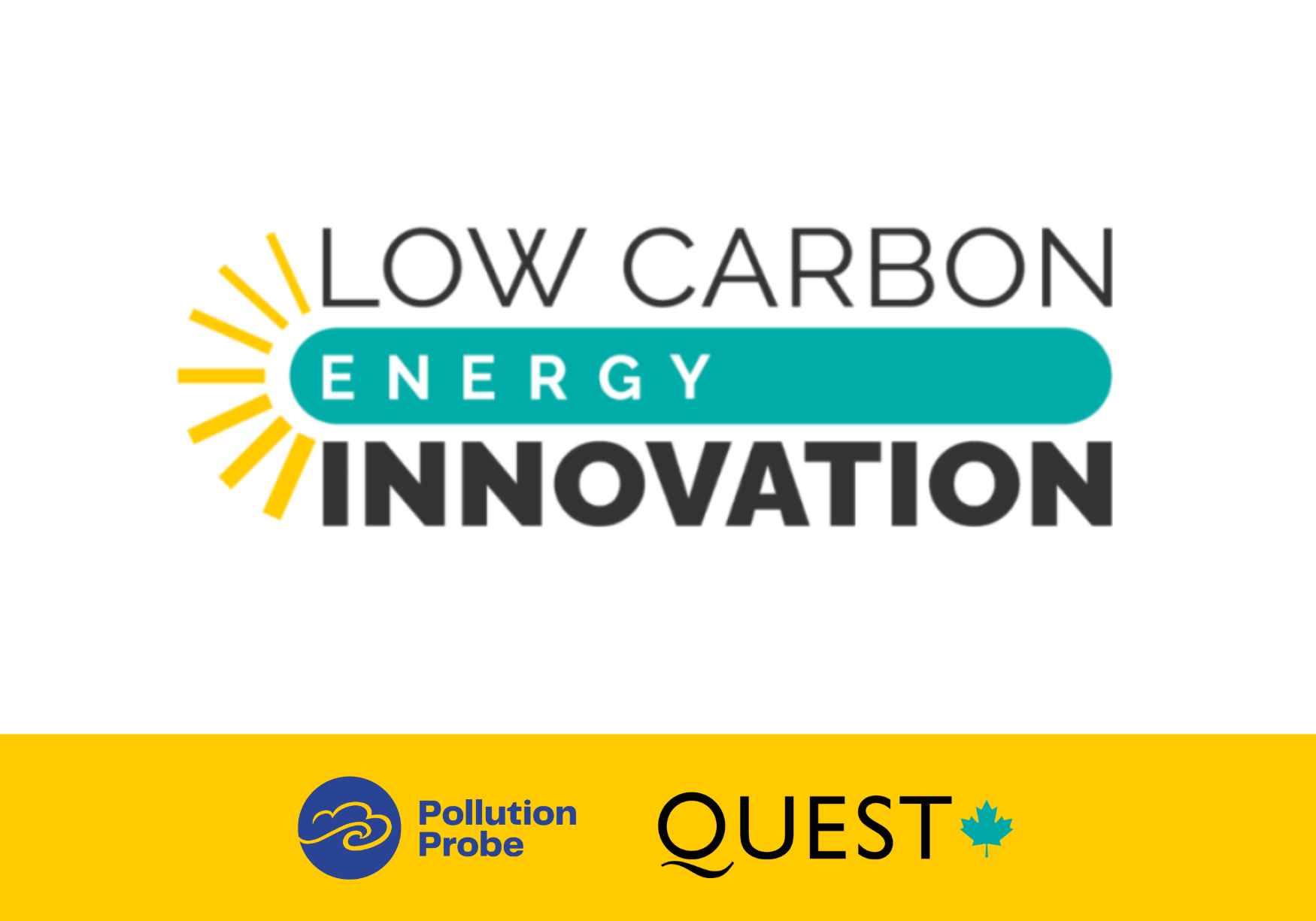As part of Pollution Probe and QUEST Canada’s Low Carbon Energy Innovation initiative, we conducted a jurisdictional scan of policies, programs, and factors promoting low-carbon energy innovation for every Canadian province and territory.
We then engaged with more than 100 stakeholders from all the provinces and territories to get more information and feedback on our findings. From this we are preparing a database of low-carbon energy innovation policies and programs in Canada, which we will then use to develop a national scorecard on low-carbon energy innovation, identifying best practices in each jurisdiction, later in 2024.
Some key highlights of the engagements were:
- A net-zero act has a more significant impact on the transition to net-zero than a general climate change strategy.
- A cohesive plan for decarbonization, incorporating utilities’ and the gas distribution system’s long-term roles, is necessary for transitioning to a net-zero economy.
- There is a greater need for new business models than for new technologies to reach net-zero.
- Political uncertainty regarding climate issues can hinder innovation.
- Utilities significantly influence low-carbon innovation. The regulatory environment plays a key role in shaping utilities’ innovation efforts. Outlining their role and creating a regulatory mandate are essential to allowing and encouraging their participation in innovation. Moreover, small utilities require a different approach than larger ones. Therefore, tailored policies can also help in promoting innovation.
- Funding is key to promoting low-carbon innovation, but it is also essential to navigate existing funding options and understand their benefits.
- Prepare safety regulations for new technologies that would not hinder their deployment, such as regulations addressing the safety of hydrogen and battery storage.
- Creating a low-carbon energy innovation scorecard will be more effective if a few key metrics are used to evaluate each jurisdiction, a clear definition of innovation is established, consideration is given to each province’s differing ways of framing and communicating their policies and the unique circumstances of each jurisdiction, as each one has different energy needs and available options from geographical, climate, demand-side, energy, and grid perspectives.

